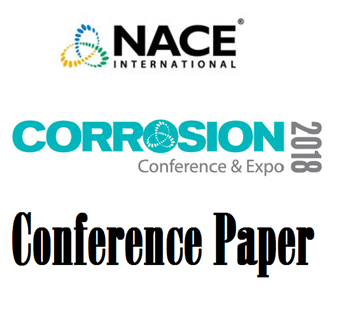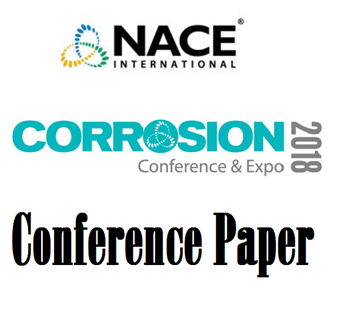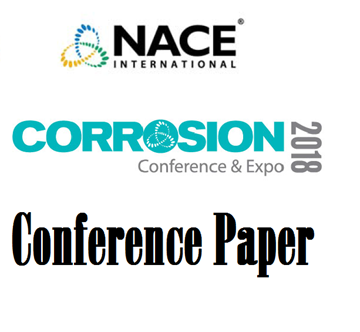Search
51318-10701-Stress Corrosion Cracking of Stainless Steel in Heavy Black Liquor - Mill Experience.
Also Purchased
51318-10799-Evaluation of the Effect of Oxygen on CRA Materials
Product Number:
51318-10799-SG
Publication Date:
2018
$20.00
51318-10700-Environmentally Assisted Cracking of High Strength Nickel Based Alloys Under Cathodic Protection
Product Number:
51318-10700-SG
Publication Date:
2018
$20.00
51318-10688-Evaluation of Corrosion and EAC Susceptibilities of Materials Used for Wireline/Slickline Downhole Environment in HPHT Sour Environment
Product Number:
51318-10688-SG
Publication Date:
2018
$20.00




